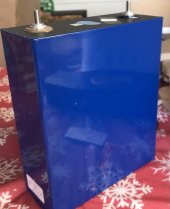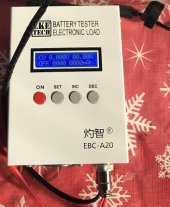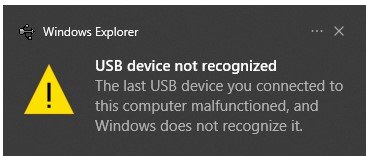mcart117
New Member
- Joined
- Mar 28, 2022
- Messages
- 121
When I first assembled the battery, I used a torque wrench to tighten the nuts securing the bus bars and BMS contacts to the level of tightness recommended by the battery cell supplier. As I loosened four of these nuts to remove cell number 4 for testing, three of them still had the expected level of tightness, but the fourth, interestingly the one on the positive terminal of cell number 4, was easier to loosen than expected (see below).

I could have just tightened it up and made more observations, but having psyched myself up to remove the cell, I removed it and replaced it with a spare. Since then the battery has behaved normally, but until yesterday the conditions were not right for a rigorous test. To replicate the conditions of the erratic behaviour, I had to wait for a full day of full sun, which occurred yesterday (see below).

Here you will see the battery is charging with a current of 38 amps and the cells are within a 6 mV range; and the replacement cell number 4 is in the middle.
Meanwhile, I inspected original cell number four before checking the IR. It looked exactly as it did when it was delivered. There was no sign of swelling.


The IR came in at 0.21 mΩ. This is a little higher than the factory test but is similar to values recorded by Andy at the OFG for the same make and model of LFP cell, with the same instrument, and was the same as I got for my other spares. I didn’t re-measure the IR of the cells in the batteries because they are in a confined space.

I then set out to do a capacity test on the possibly suspect cell. I was planning to use the ZKE TECH E20.

I opened the software, which I had previously installed with drivers on to my computer.

I connected the tester to my computer with the supplied cable, but when I turned the tester on, I got the following message:

This has actually happened every time I try to use the ZKE TECH E20 tester. I thought at first the cable might have been damaged, so I bought a new one, but I get the same message. And I have tried connecting to a number of computers running Windows 10 and another running Windows 7, with the same result. If anyone here has used the tester and has any tips, please post them, but I might start a new thread on the tester.

I could have just tightened it up and made more observations, but having psyched myself up to remove the cell, I removed it and replaced it with a spare. Since then the battery has behaved normally, but until yesterday the conditions were not right for a rigorous test. To replicate the conditions of the erratic behaviour, I had to wait for a full day of full sun, which occurred yesterday (see below).

Here you will see the battery is charging with a current of 38 amps and the cells are within a 6 mV range; and the replacement cell number 4 is in the middle.
Meanwhile, I inspected original cell number four before checking the IR. It looked exactly as it did when it was delivered. There was no sign of swelling.


The IR came in at 0.21 mΩ. This is a little higher than the factory test but is similar to values recorded by Andy at the OFG for the same make and model of LFP cell, with the same instrument, and was the same as I got for my other spares. I didn’t re-measure the IR of the cells in the batteries because they are in a confined space.

I then set out to do a capacity test on the possibly suspect cell. I was planning to use the ZKE TECH E20.

I opened the software, which I had previously installed with drivers on to my computer.

I connected the tester to my computer with the supplied cable, but when I turned the tester on, I got the following message:

This has actually happened every time I try to use the ZKE TECH E20 tester. I thought at first the cable might have been damaged, so I bought a new one, but I get the same message. And I have tried connecting to a number of computers running Windows 10 and another running Windows 7, with the same result. If anyone here has used the tester and has any tips, please post them, but I might start a new thread on the tester.
Last edited:


